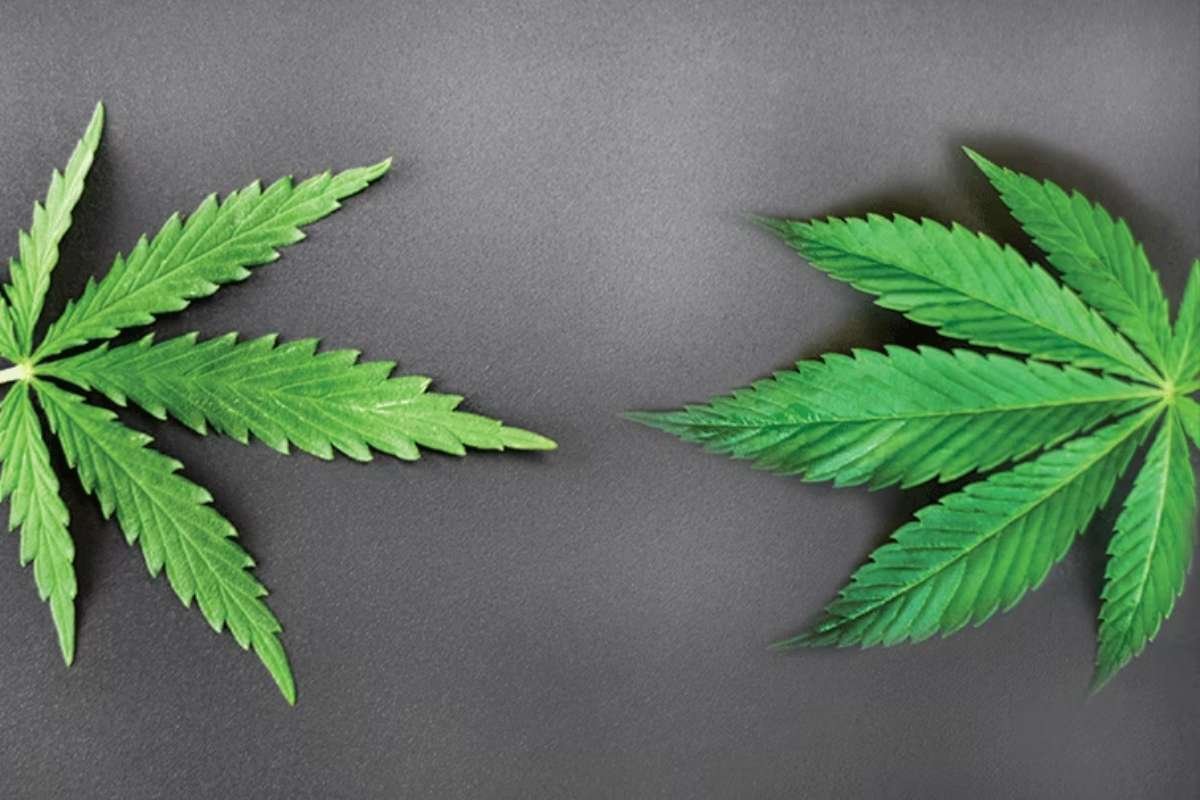The amazing characteristics of spider silk, which is lighter and more flexible than air and stronger than steel, have long piqued the interest of scientists. A significant development in the creation of synthetic spider silk has now been made by Fuzhong Zhang, a professor of energy, environmental, and chemical engineering at the McKelvey School of Engineering at Washington University in St. Louis, opening the door for a new era of environmentally friendly clothing manufacturing.
Zhang has been attempting to boost the output of silk threads made from microbes while keeping their desirable qualities of increased strength and toughness since developing recombinant spider silk in 2018 using bacteria.
In the fashion industry, where the production of an estimated 100 billion garments and 92 million tonnes of waste annually has a significant negative impact on the environment, higher yields will be essential if synthetic silk is to be used in everyday applications.
Revolutionizing the fashion industry with chemistry
Zhang has developed novel spider silk fusion proteins known as bi-terminal Mfp fused silks (btMSilks) using an altered mussel foot protein. The yields of btMSilks produced by microorganisms are eight times higher than those of recombinant silk proteins, and the fibres of btMSilk have significantly increased strength and toughness while still being lightweight. Because it offers a more environmentally friendly option to conventional textiles, this could revolutionise the production of clothing. The results were released in Nature Communications on April 14.
According to Zhang, the extraordinarily long and repeated protein sequence of natural spider silk is what gives it its exceptional mechanical capabilities. However, asking rapidly proliferating bacteria to produce a large number of repetitive proteins is incredibly difficult.
New findings
We needed a different approach to deal with this issue, he stated. “We searched for disordered proteins that could be genetically fused to silk fragments to boost molecular interaction, enabling the production of strong fibres without the usage of huge repeating proteins. In fact, we already knew about them from our research on mussel foot proteins.
To adhere to objects, mussels exude these specialised proteins from their foot. In order to generate them and develop them as adhesives for biomedical purposes, Zhang and his colleagues modified microorganisms. It turns out that mussel foot proteins are cohesive as well, allowing them to adhere to one another effectively. Zhang developed a less repetitive, lighter material that is at least twice as strong as recombinant spider silk by adding mussel foot protein fragments to the ends of his synthetic silk protein sequences.
Success
In comparison to earlier experiments, the yields on Zhang’s substance increased eightfold, reaching 8 grammes of fibre material from 1 litre of bacterial growth. There is enough fabric in this output to test it for usage in actual products.
The beauty of synthetic biology is that there is a lot of room for exploration, according to Zhang. “We may copy and paste sequences from different natural proteins and test these designs for novel characteristics and activities in the laboratory. Because of this, synthetic biology materials are far more adaptable than conventional materials made of petroleum.
To precisely fulfil the demands of each specialised market, Zhang and his team will enhance the tunable qualities of their synthetic silk fibres in next work.
“Our synthetic silk presents a renewable and biodegradable replacement for petroleum-derived fibre materials like nylon and polyester because it is made from cheap feedstock using engineered bacteria,” Zhang added.
Also Read: 7 Most Exciting Lifesciences Research and Development Projects in 2023









